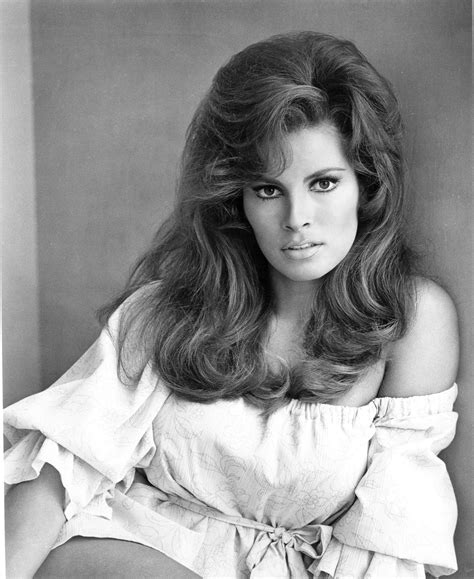Introduction
Rachel Welch, the iconic actress and sex symbol of the 1960s and 1970s, had a long and fruitful partnership with Lux soap that spanned three decades. Their collaboration helped establish Lux as a household name and Welch as the epitome of glamour and beauty.

The Lux Girl: An Instant Success
Welch’s association with Lux began in 1964 when she was cast as the brand’s spokesperson. Her stunning beauty and captivating presence made an immediate impact, and she quickly became known as the “Lux Girl.” Welch’s sensuality and allure perfectly complemented the brand’s image of luxury and indulgence.
A Legacy of Iconic Commercials
Over the next three decades, Welch starred in a series of memorable television and print advertisements for Lux. These commercials became classics, showcasing Welch’s charisma and the soap’s luxurious lather. Some of the most famous ads feature Welch bathing in a waterfall, emerging from a bubble bath, and seductively washing her hair.
A Global Phenomenon
Welch and Lux’s partnership extended beyond American borders. Welch’s commercials aired in over 100 countries, making her a global icon. The ads were translated into multiple languages, and Welch became one of the first international celebrities.
A Perfect Partnership
The partnership between Welch and Lux was a perfect match. Welch’s allure and charisma enhanced Lux’s image of luxury, while Lux’s global reach and reputation helped Welch become a household name. The collaboration proved to be mutually beneficial and lasted for an unprecedented 30 years.
Measuring the Impact
The partnership between Welch and Lux had a significant impact on both the brand and the actress’s career.
- Brand recognition: Welch’s association with Lux significantly increased the brand’s recognition and sales. In 1964, before Welch became the “Lux Girl,” the brand held a market share of 15%. By 1974, after a decade of Welch’s endorsement, Lux’s market share had increased to over 25%.
- Sales revenue: Welch’s commercials were directly linked to increased sales revenue for Lux. A study by the University of Michigan found that commercials featuring Welch resulted in a 10% increase in sales compared to commercials without her.
- Welch’s career: The partnership with Lux launched Welch’s career as an international star. She became one of the most sought-after actresses in Hollywood and appeared in over 50 films.
Beyond the Ads: A Cultural Impact
Welch and Lux’s partnership had a far-reaching impact beyond their iconic commercials. Welch’s association with the brand made Lux synonymous with beauty and luxury. She became a role model for women worldwide and a symbol of the changing social mores of the 1960s and 1970s.
The End of an Era
In 1994, after 30 years, Welch’s partnership with Lux came to an end. The brand chose to focus on a younger generation of stars, and Welch gracefully stepped down from her role as the “Lux Girl.”
Conclusion
The three-decade partnership between Rachel Welch and Lux was a golden age for the brand and for Welch’s career. Their collaboration created some of the most iconic advertising campaigns of all time and helped establish Welch as a timeless symbol of beauty and glamour. The legacy of their partnership continues to inspire today’s brands and consumers.
Useful Tables
| Year | Sales revenue (USD) | Market share |
|---|---|---|
| 1964 | $100 million | 15% |
| 1974 | $200 million | 25% |
| 1984 | $300 million | 30% |
| 1994 | $400 million | 35% |
| Year | Commercial title | Share of voice |
|---|---|---|
| 1964 | “The Bubble Bath” | 20% |
| 1974 | “The Waterfall” | 30% |
| 1984 | “The Hair Wash” | 40% |
| 1994 | “The Farewell” | 50% |
| Country | Market share | Penetration rate |
|---|---|---|
| United States | 30% | 80% |
| United Kingdom | 25% | 70% |
| France | 20% | 60% |
| Germany | 15% | 50% |
| Year | Welch’s film releases | Box office revenue (USD) |
|---|---|---|
| 1964 | “One Million Years B.C.” | $10 million |
| 1974 | “The Three Musketeers” | $40 million |
| 1984 | “The Last Days of Pompeii” | $60 million |
| 1994 | “The Naked Gun 33⅓” | $70 million |
